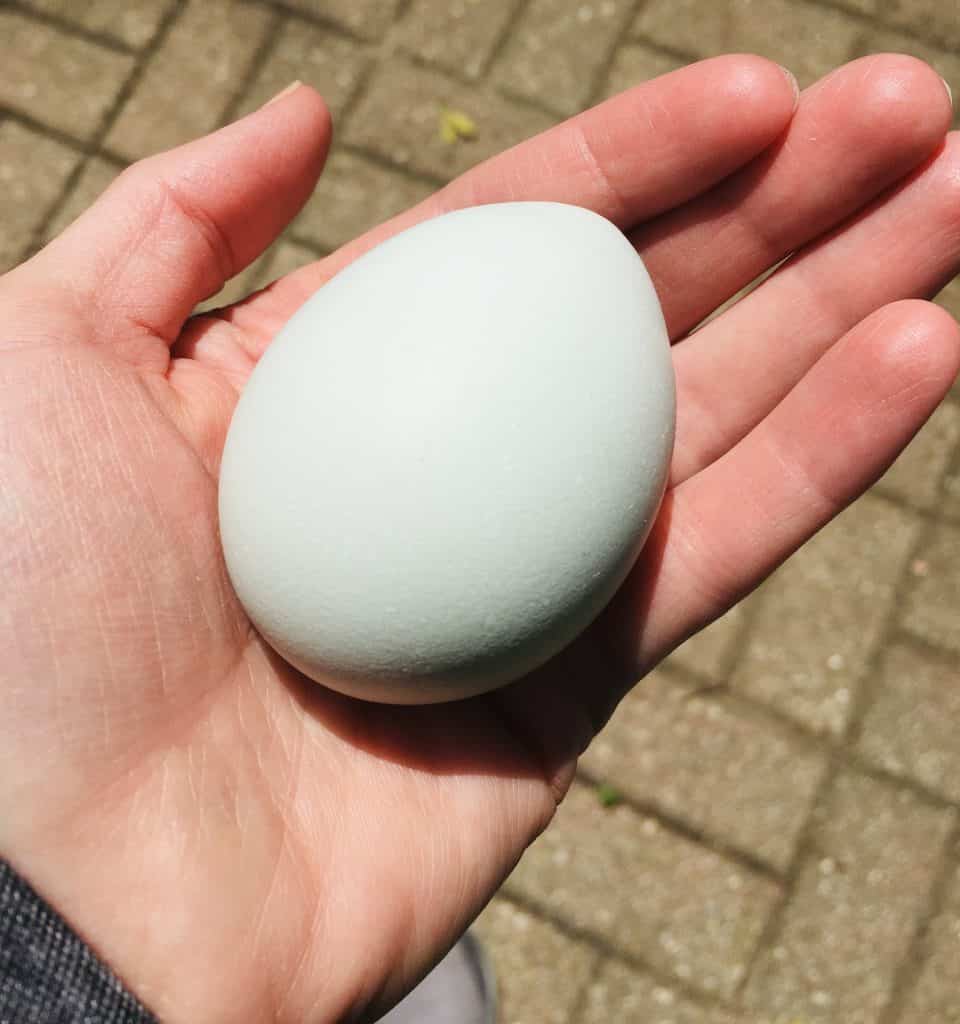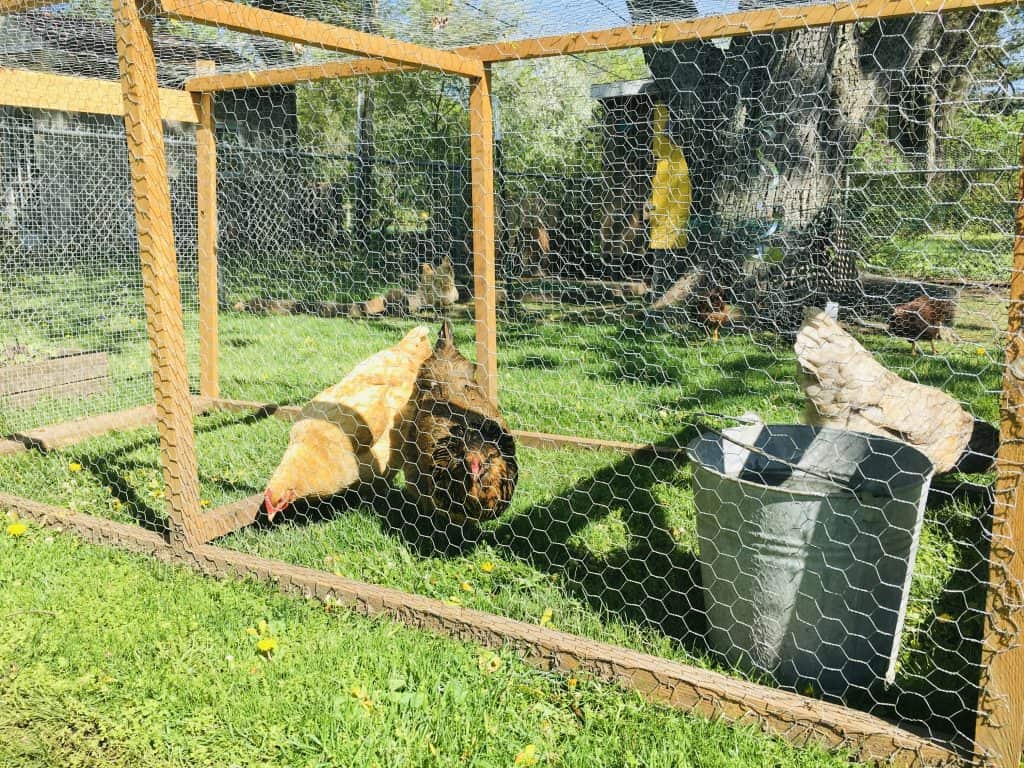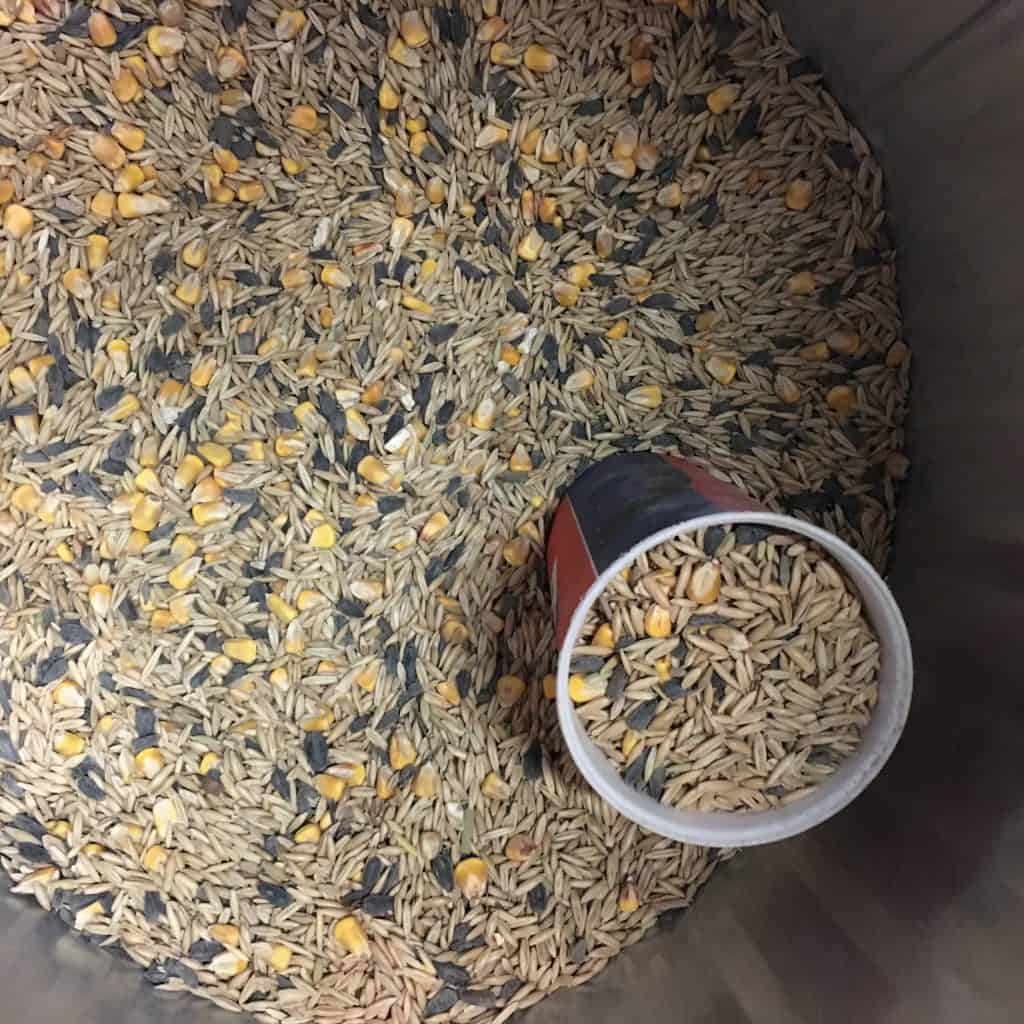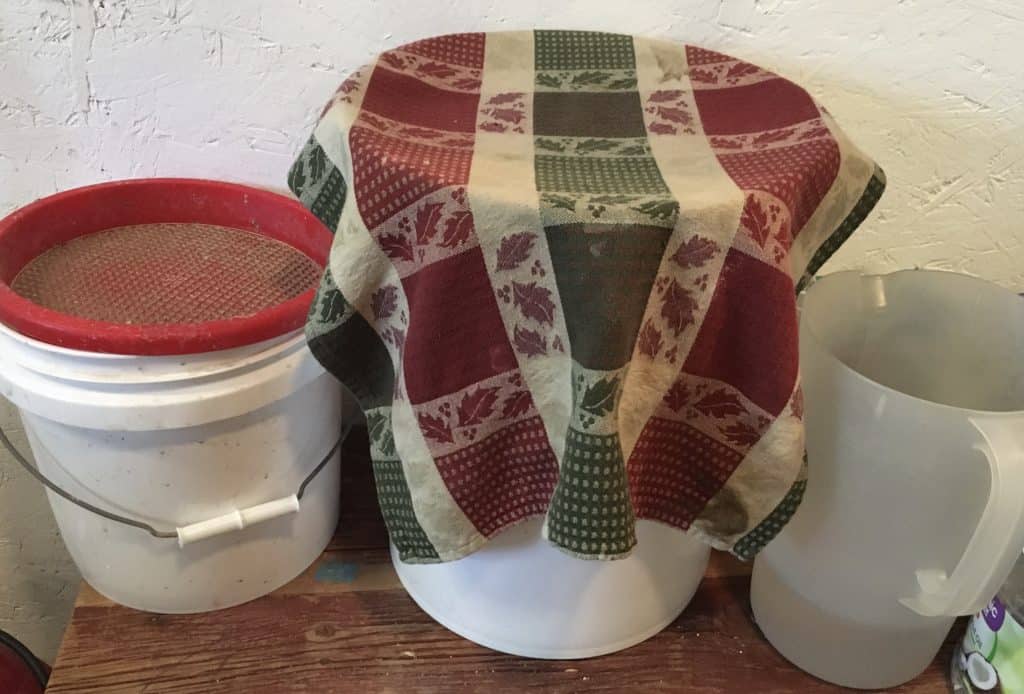Self Sufficient Lifestyle Changes
Are you looking for tips on how to be more self sufficient? This has been a popular topic in the wake of the global pandemic. Grocery stores are limited. Some people are uncomfortable leaving home to get supplies. Many families are looking for ways to be more self reliant for the current situation, and for the future in general.
My family is by no means completely self sufficient. But, we do love to figure out what we can do as a family unit to help meet our needs. I’d like to share with you the things we do to be less reliant on others, and why we enjoy them so much. I think you’ll like them too, and you’ll learn how to be more self sufficient in the process!

4 Tips on How to be More Self Sufficient
1. Gardening
If you haven’t had a garden before, I’d love to be a fly on the wall the first time you get to experience seeing the fruits of your labor!
That smell of the fresh dirt and watching green sprouts poke up through the top layer of the dark soil. Seeing plants that were once so flimsy that the mist of a spray bottle could knock them over in one pull of the trigger, suddenly morph into sturdy stems loaded with delicious food…
It’s incredible and truly gets you back to the basics of life.
What we love about gardening
- It provides natural food without having to go to the store
- It helps our budget
- It teaches life cycles of fruits and vegetables
- It gets the kids outside
- It teaches the reward of hard work
I would like to say it’s a whole family affair at my house, but some days it just isn’t and that’s ok. My husband and I both grew up having gardens at our homes or at a family member’s home, and reaped some of the benefits. The produce was so fresh and some of our favorite summer memories included home-grown tomatoes. You really can’t beat them.
I remember my mom standing in the kitchen making the best homemade ketchup you could ever imagine. She recently gave me the equipment to make it and I plan on giving it a try.
How do we grow our food?
We now have 3 garden boxes, about 2 dozen smaller potted plants, and a few 5-gallon buckets we use to grow tomatoes in. It was nice to also complete two of the garden boxes this spring during our Shelter-In-Place order. We used cedar picket fence boards following a plan similar to this and it was very affordable. (https://ana-white.com/woodworking-projects/cedar-raised-garden-beds-made-fence-pickets-single-width)
If you don’t have a saw at home, some lumber yards will cut your boards for you or have a saw accessible for you to cut it yourself.
My husband and I made these garden boxes pretty easily in a couple afternoons after he spent the time cutting the wood to the correct measurements at Menards.

What are we growing?
We have planted onions, peas, beets, and carrots in our boxes already. We have green peppers, sweet peppers, banana peppers, and tomatoes that started indoors and we were able to transfer them out when the danger of frost was gone.
Our peas have already started to grow!

We have kale, swiss chard, and watermelon ready to plant and will probably purchase a few more items from a farmer’s market or garden center.
Lessons Learned in the Garden
Gardening has taught me so much lately. Not just about growing our own food but also about life. It has taught me that without the sun and water, the plants fail to bear good fruit. It has reminded me that adding some compost makes the soil even more rich.
I can’t help but think about this a little more in depth as I am sitting at home after months of stay-at-home orders. School was at home. Church is online. It looks much different for my husband as a pastor.
There are many things we have grown to love about the past couple months. Things set in place that have shaped our family. Digging in the dirt has reminded me more than ever about the significance of connecting with God and the result it has on the fruit I bear.
On the days I get distracted or lose my focus, I find myself treating those around me differently. Full of judgement. Not as much grace. When I spend time reading books that challenge me or having my quiet time, the good fruit comes. I am thankful for that reminder as we tend to our soil.
If you’re wondering how to be more self sufficient, a garden is a great place to start. Suzanne wrote a great post that will educate and embolden any beginner to give it a try!
2. Composting
Basically, composting breaks down organic waste materials (food scraps, yard waste, chicken poo) and makes it into a soil-like material that is great for growing plants in your garden.
We aren’t composting veterans, but we have been through a few seasons. We’ve been able to see the compost develop and have added it to our gardening for more organic nutrients.
What we love about composting
- It’s easy
- Less waste going into our garbage
- We are able to use our food scraps, yard waste, and chicken poop to make very rich organic food for the soil
- It’s good for the environment
How do we manage the compost pile?
We have an area in the backyard that we use for separating our soil pile and our compost pile.

Our compost pile is on the left and our dirt pile is on the right. We just used up all of our dirt!
We do not have an exact method, but the compost pile needs to be turned over or mixed every week or so. New material is added into a hole that we dig into the pile and then re-cover to help keep animals away.
We have a bin next to our garbage can in the kitchen that we put our food scraps into. You can also find compost bins on Amazon specifically designed for this purpose. Here is a very nice stainless steel countertop bin with a lid.
This one is very nice because you can attach it to your cabinet door and keep it out of site.
Like I mentioned, we have a pull out drawer in our kitchen that has both a bin for our garbage as well as our compost.
What do we put in our compost?
From the kitchen, we compost all fruit and veggie scraps (except for avocado pits), coffee grinds, and egg shells.
From the yard, we compost leaves, grass clippings, small twigs, and pulled weeds. The chicken poop we collect from their drop boxes in the coop goes into the compost pile as well. It is actually a very good catalyst for decomposition.
We do not compost meat, bones, pastas, or dairy products.
I’m not sure how to be more self sufficient than making your trash and scraps work for you. This just screams self-reliant to me, how about you?
3. Repurposing Household Furniture/Items
Our kids will be the first to tell you how much we love finding things on the side of the street and putting them in our van to fix them up. The kids join us on the hunt and when they hear the words “Ooo, what’s that?,” they know there might be a roadside opportunity. They sit up a little taller and search the curbs.
What we love about Roadside Opportunities
- It’s fun
- It meets a need
- We are making memories
- It helps our budget
I have a dear friend who gives us a heads up when she sees something on the street that we may be able to use or fix up and sell. She helped me load this piece into our van one morning! We used to have it in the guest room, but found a different dresser for that room (thanks to this great friend) and are now able to use this piece as our entertainment center and love it so much!

We have found toys, furniture, decor, gardening supplies, and so much more.
You can read more in depth about why we love to repurpose items we find on the street and also see some of our favorites in this post.
4.Raising Chickens
I can’t type this section without a smile on my face. You should see it. It’s huge. I love our chickens.

We are a little over a year into our chicken endeavor. Last spring, my husband and I went into Big R to buy garden trowels. We heard the baby chicks. We saw the baby chicks. We had been talking about getting chickens for a while and with our recent move just outside city limits, we could now make that happen.
And we ended up getting 6 chickens that day.
Based on our research, we decided to get 3 Buff Orpingtons and 3 Easter Eggers/Ameraucanas (they are more of a barnyard mix). We chose these based on their temperament, their egg laying, and their ability to withstand cold winters.
We put them in a dog kennel we adapted to a brooder and had them sitting in the garage before the boys got home from school. They couldn’t believe it.
These days, some of us need a little more encouragement to be involved in the daily chicken routines than others, but we all certainly love to eat the delicious fresh eggs. It never gets old to go to the nesting box and pull out a very warm egg. They really are beautiful.

Why we have chickens
- They are so entertaining
- We love their delicious eggs
- They help take care of bugs
- Everyone is spending more time outside
- The kids have learned some great lessons on responsibility, taking care of living things, and how to be more self sufficient themselves
We have learned with time and experience what works well for us.
Where do our chickens live?
Initially, our girls free ranged in the fenced-in backyard and we gave them our food scraps. Since then, we have created a designated place just for them that is about 30 feet by 15 feet.
We have grazing boxes inside their pen that allows fresh grass to grow.

We also let them go in our chicken tractor out in the backyard for part of the day.

This provides foraging opportunities as well as the chance for the chickens to help take care of bugs.
What do our chickens eat?
We chose to stop giving them our food scraps. They are so much more calm around us now and we are meeting their needs by their daily food and greens.
We make our own blend for our chickens using cleaned oats, black oiled sunflower seeds, whole corn (animal corn), and diatomaceous earth. We used this video as a guideline.
We mix our blend together in a large, metal garbage can and keep our measuring cup with it.

It’s important to us that we ferment our chicken feed. We usually just ferment during the spring, summer, and fall months. We measure out a day’s feed (for all our chickens) and put it into a glass jar. Next, we fill the half gallon jar with our fermented liquid and water so all the feed is submersed.

It should look like this!

We prepare 2 days at a time.
Each morning, we take a jar and pour it into a strainer over a bucket. The liquid drains into the bucket and we hang onto that to help ferment the next jar.

The Supplies we Use
Strainer
Bucket
2 Jars of fermenting food
Slotted spoon to stir (covered with a towel to keep bugs out), and a pitcher for extra water.

After the liquid is drained, we take the sweet smelling food out to the chicken run and put it into two metal pie tins. Then, we let the girls out and they swarm their fermented food.

They seriously love it so much and they have been very healthy so far.
We also cook their egg shells for about 12 minutes at 170 degrees and let them cool. We crush them up and the chickens are given their own egg shells to eat in order to help keep their calcium levels up, which is vital to the laying cycle.

Some people use crushed eggs in their gardens, as well.
It’s important to note that our chickens have grit available to help with digestion. They know just how much they need for egg shells and grit and only eat that amount. It is so interesting to me!
What do our chickens do?
All of our chickens have a name. They have a personality. They have a pecking order that is quite interesting to observe.
We have 6 laying hens and also got 2 Rhode Island Reds and 1 Barred Rock a couple months ago that will be of laying age around July.
The 3 younger chickens are still not outside full time yet, and will not be fully integrated into the flock until they are about the same size to help with pecking problems. They see each other daily and are adapting over time, but still are in separate fenced-in areas.
We had no idea how much entertainment they would bring us. They crack us up when they sing as loud as they can to tell us they laid an egg. If somebody has a worm, it’s a war to see who gets to eat it.
The reward of getting delicious and nutritious eggs right out of the backyard is so fulfilling.
We also understand the reality that these chickens have a life span of just a few years and that predators can take their lives very easily. There is currently a litter of four fox pups living very close to our chicken pen right now. We just do the best we can to keep them safe.
How Will You Be More Self Sufficient?
We obviously can’t live life completely on our own. However, it’s important (and also a lot of fun) to develop and continue these steps when learning how to be more self sufficient.
What ways are you working on meeting your needs or the needs of your family? I would love to hear!
Read Also:

